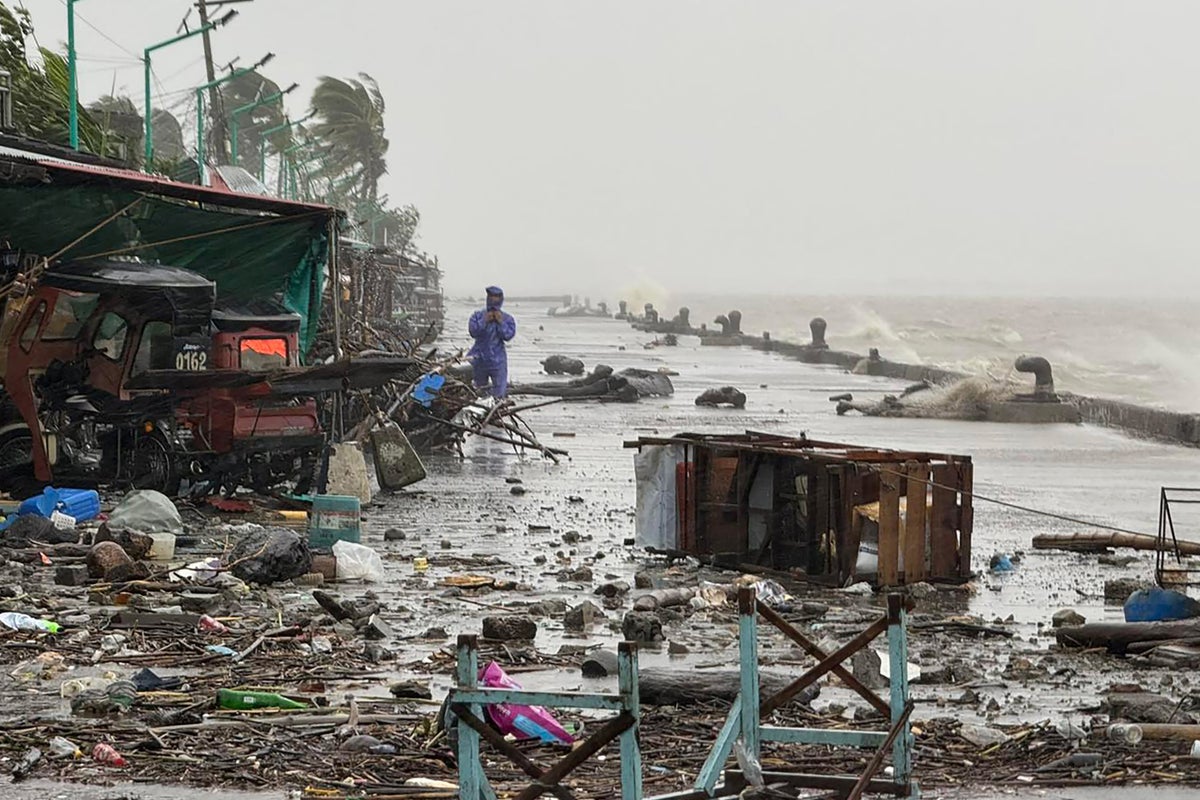Typhoon Ragasa: A Trail of Destruction Across Asia
Super Typhoon Ragasa, one of the strongest storms in years, has battered East and Southeast Asia, leaving a trail of destruction across the Philippines, Taiwan, Hong Kong, and southern China. Millions were evacuated, and daily life was significantly disrupted. The storm, which peaked as the strongest cyclone globally this year, caused widespread flooding, landslides, and infrastructure damage before weakening into a tropical depression as it moved into Vietnam.
Typhoon Ragasa's Impact Across the Region
Typhoon Ragasa first struck the Philippines, resulting in at least 11 deaths, including seven fishermen who drowned when their boat capsized. Another tropical storm, Opong (Bualoi), is following in Ragasa's wake, threatening further disruption.
In Taiwan, the collapse of a barrier lake in Hualien County led to catastrophic flooding in Guangfu township, causing at least 14 deaths and leaving dozens missing. Residents described the flood as hitting like a "tsunami," tearing down bridges and sweeping cars into homes.
Devastation in Hong Kong and Southern China
Hong Kong experienced its highest-level storm warning as Ragasa approached. Winds exceeding 100 mph caused widespread damage, including fallen trees and flooded rivers. Over 1,000 flights were canceled, affecting roughly 140,000 passengers at the Hong Kong International Airport.
In southern China's Guangdong province, nearly 2 million people were evacuated ahead of Ragasa's landfall. Cities like Yangjiang and Zhuhai experienced severe flooding and power outages. Record wind gusts were recorded, and transportation services were suspended.
Aftermath and Response
Rescue and recovery efforts are underway across the affected regions. Chinese authorities have allocated 150 million yuan (approximately £16 million) in disaster relief funds to support the provinces of Guangdong, Hainan, and Fujian. Communities are coming together to clear debris and provide assistance to those in need. The Taiwanese government has launched an investigation into its evacuation protocols.
Scientific Perspective and Future Implications
Scientists suggest that warming oceans are contributing to stronger, more destructive storms in the Pacific region. The increasing frequency and intensity of typhoons highlight the growing volatility of extreme weather events due to climate change. Building codes and infrastructure may need to be updated to withstand these more powerful storms in the future, according to atmospheric scientist Johnny Chan from the Asia-Pacific Typhoon Collaborative Research Centre.
Key Events of Typhoon Ragasa
| Location | Date | Event |
|---|---|---|
| Philippines | September 22 | Ragasa strikes, causing at least 11 deaths. |
| Taiwan | September 23 | Barrier lake collapses, leading to catastrophic flooding. |
| Hong Kong | September 24 | Highest-level storm warning issued; flights cancelled. |
| Guangdong Province, China | September 24 | Ragasa makes landfall, triggering evacuations and widespread damage. |
 Visit the website
Visit the website






